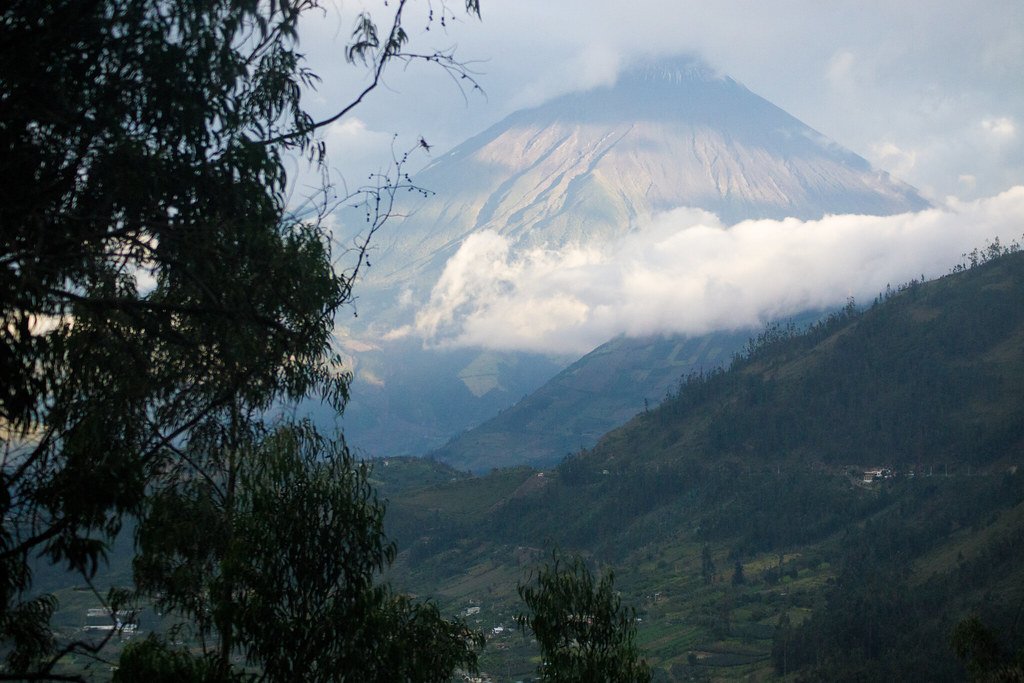Our planet is home to remarkable biodiversity, from the majestic tiger prowling the forests of Asia to the delicate monarch butterfly fluttering across North America. However, climate change, habitat destruction, and human activity have endangered many species. Understanding these challenges is crucial for mobilizing efforts to protect these irreplaceable creatures. This article explores 15 endangered species and offers actionable steps anyone can take to help in their conservation.
1. Amur Leopard

The Amur leopard, native to the temperate forests of the Russian Far East and China, is one of the world’s most endangered big cats. With as few as 100 individuals remaining in the wild, this leopard faces critical threats from poaching and habitat destruction. Conservation efforts require expanding its habitat and stronger enforcement of anti-poaching laws.
2. Sumatran Orangutan
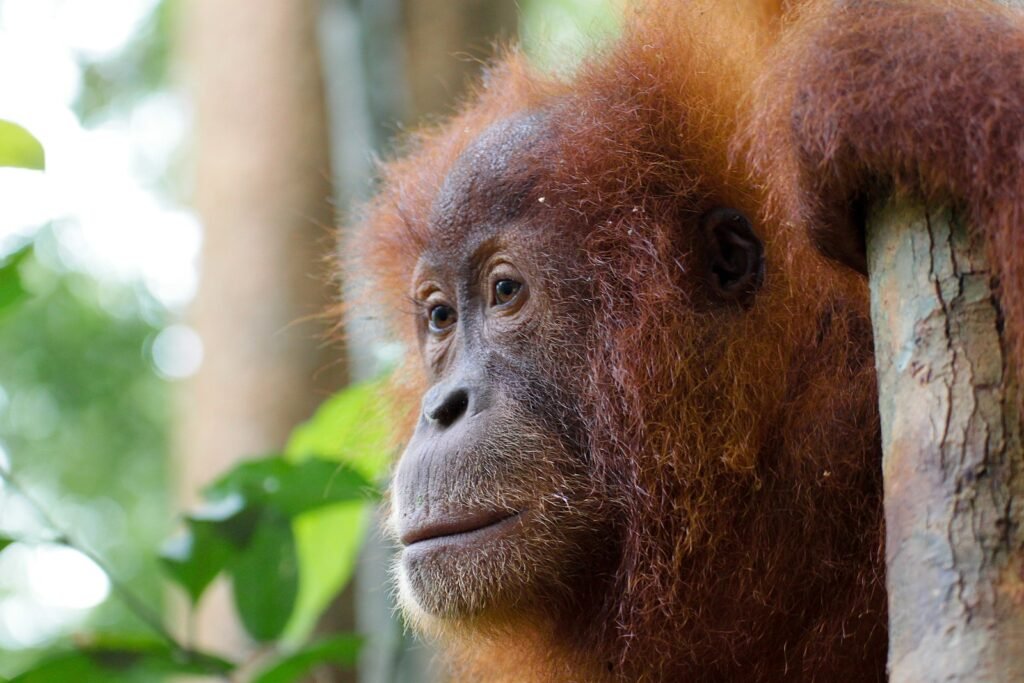
Sumatran orangutans, recognizable by their striking red fur, are among the critically endangered primates primarily due to illegal logging and palm oil plantations. Public support for sustainable palm oil and habitat restoration programs can significantly aid in their survival.
3. Hawksbill Turtle
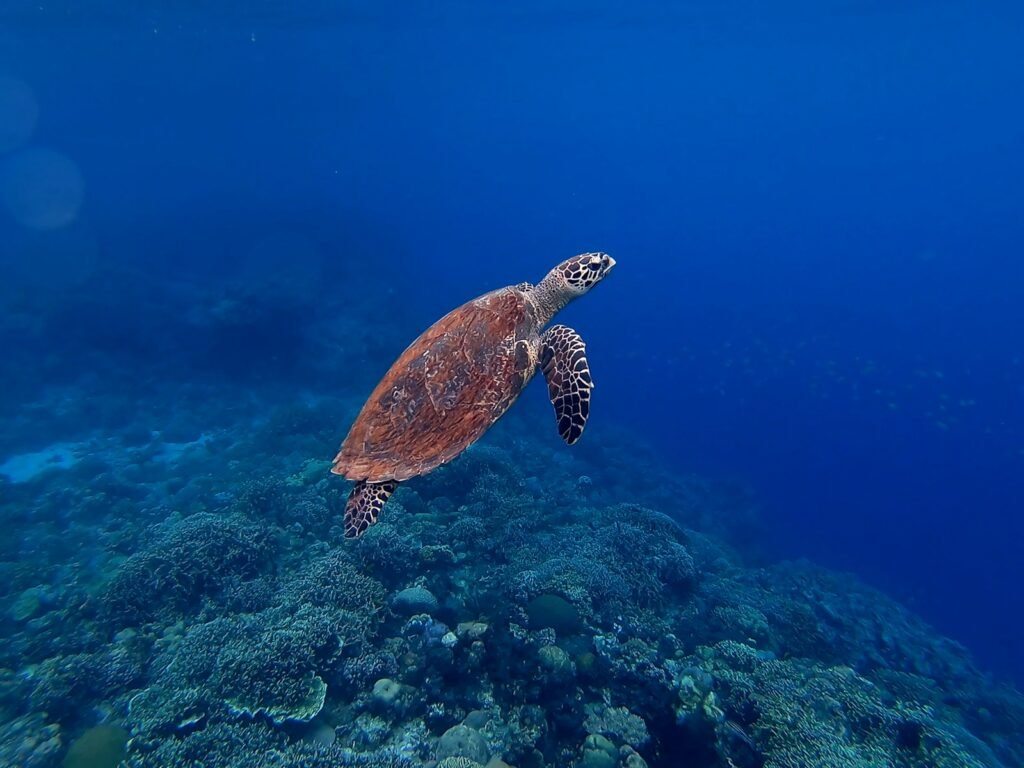
Hawksbill turtles, known for their beautiful shells, are essential to coral reef ecosystems. Overexploitation of their shells and the destruction of nesting sites have pushed them to the brink. Supporting conservation organizations that focus on marine protection and reducing plastic pollution can help these turtles thrive.
4. Javan Rhino

With only about 75 individuals left in the wild, the Javan rhino is one of the most critically endangered mammals. Poaching and habitat encroachment pose severe threats. Supporting protected area management and anti-poaching initiatives is crucial to prevent their extinction.
5. Saola

Often called the “Asian unicorn,” the elusive saola inhabits the Annamite Range in Vietnam and Laos. Deforestation and the illegal wildlife trade endanger this rare species. Conservation groups working on habitat preservation and snare removal programs need support.
6. Vaquita

The vaquita, a small porpoise native to the Gulf of California, is critically endangered due to bycatch in illegal fishing operations. With fewer than 30 individuals remaining, supporting sustainable fishing practices and enforcement of marine protected areas is vital.
7. Mountain Gorilla

Mountain gorillas, vulnerable to habitat loss and disease, reside in the high-altitude biomes of central Africa. Conservation tourism and community-led initiatives have shown promise in aiding their recovery. Supporting organizations focused on community and gorilla health is essential.
8. Malayan Tiger
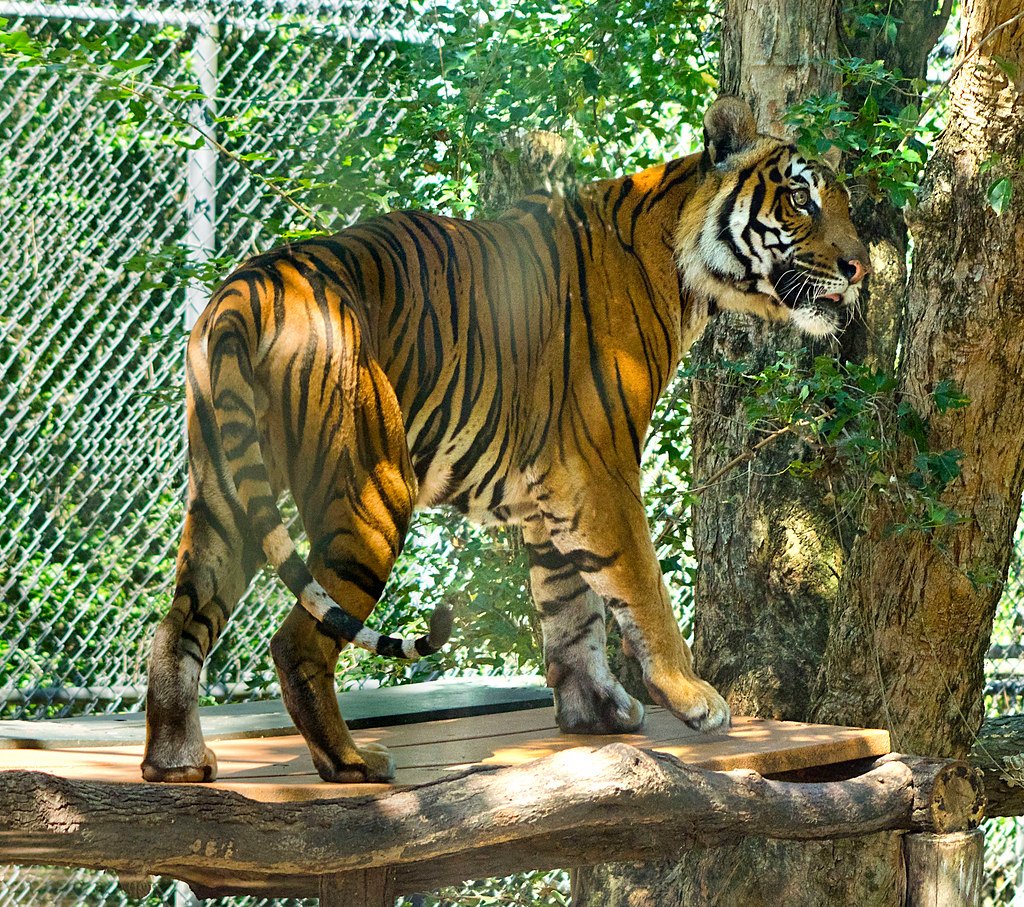
Found exclusively in the Malay Peninsula, the Malayan tiger population is dwindling due to poaching and habitat loss. Advocating for increased wildlife protection laws and supporting anti-poaching patrols can help boost their numbers.
9. Pangolin

Pangolins, the most trafficked mammals globally, face dangers from poaching for their scales and meat. Raising awareness about their plight and supporting legislation against the wildlife trade are key actions to aid these unique creatures.
10. Monarch Butterfly

Monarch butterflies face threats from habitat loss in their breeding and overwintering grounds. You can help by planting milkweed, their host plant, and supporting agricultural policies that protect their environments.
11. African Forest Elephant

The African forest elephant, residing in the dense rainforests of Central Africa, suffers from poaching for ivory and habitat fragmentation. Supporting organizations that focus on anti-poaching and habitat connectivity is crucial for their survival.
12. Andean Condor
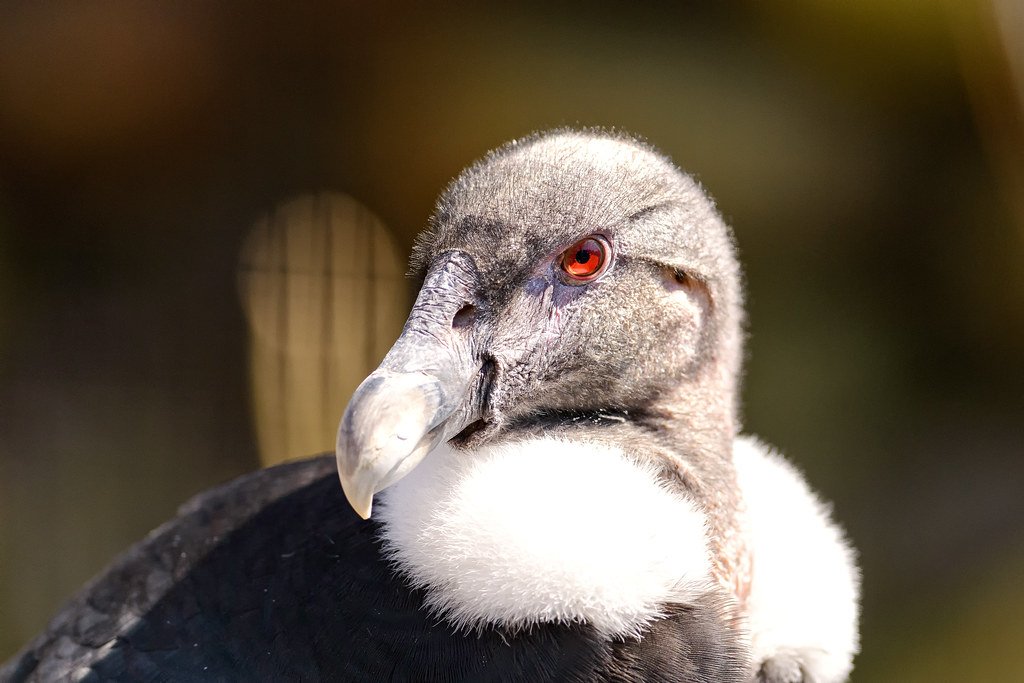
The Andean condor, South America’s iconic bird, is endangered due to poisoning and habitat loss. Promoting conservation education and creating protected breeding environments are vital to its survival.
13. Kakapo

The kakapo, a flightless parrot from New Zealand, is critically endangered due to predation and small population size. Breeding and reintroduction programs, along with predator control measures, are critical to save this unique bird.
14. Blue Whale
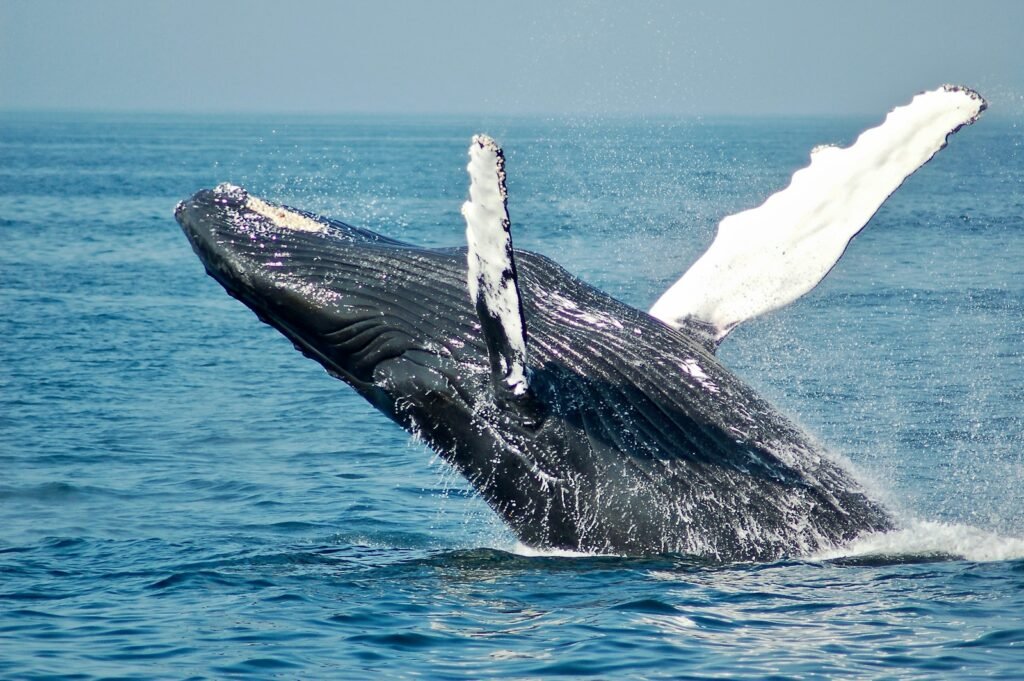
The majestic blue whale is threatened by ship strikes and climate change affecting its food supply. Supporting marine protected areas and stringent regulations on oceanic noise pollution can create safer environments for these giants.
15. Snow Leopard

Snow leopards face threats from habitat loss and poaching in their mountainous Asian homes. Supporting community-based conservation projects and reducing livestock-wildlife conflicts can help these “ghosts of the mountains.”
The fate of these endangered species depends heavily on global awareness and action. By supporting targeted conservation efforts, promoting sustainable practices, and raising awareness, each of us can contribute to a future where these magnificent creatures not only survive but thrive.


